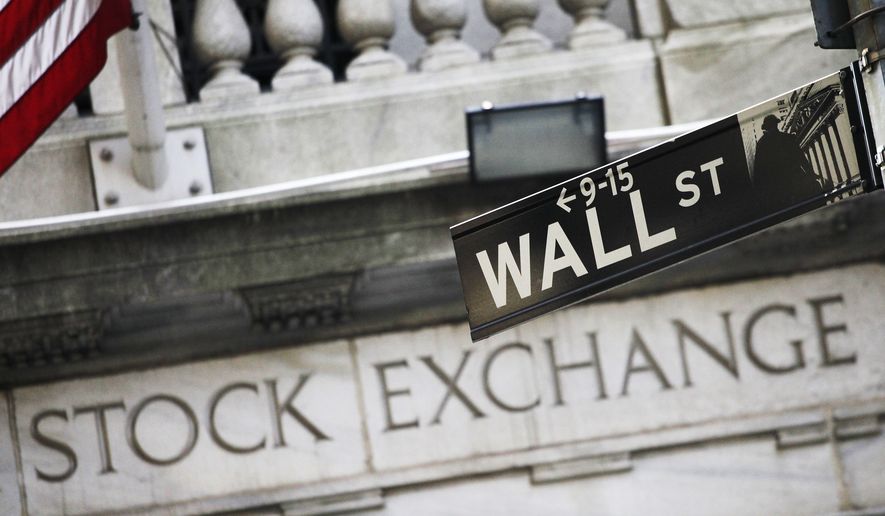A decade after its onset, 2017 was the year markets finally saw the financial crisis come to an end. The Federal Reserve raised interest rates three times and began to wind down its crisis-era program of asset purchases. The (US President Donald) Trump administration talked about rolling back post-crisis banking regulations.
The stock market is at a record high, and with the surge in cryptocurrencies seen in the last few months, investor psychology once again allows for full-blown manias. The labor market, meanwhile, has continued to grow with the unemployment rate now sitting at a 17-year low of 4.1%. Consumer and business confidence are at cycle highs, Yahoo Finance reported.
And on this background, congress has approved a huge corporate tax cut. So pick your metric, but 2017 is clearly the year that something changed in the US economy, in the psychology of the US consumer, of the investor class, and it is the year that folks went from being scared that the next crisis was right around the corner to accepting the current economic expansion.
In late November Americans harped on the theme of “complacency” becoming the dominant narrative in markets and the economy. And when the present moment becomes good enough, the scars of yesterday’s economic downturn have clearly started to heal.
Wall Street expects that 2018 will look a lot like 2017—stock gains should be solid with economic growth continuing apace and corporate tax cuts bolstering all of this.
So as markets move into 2018, expect investors to stop fighting the last war. The financial crisis is over, and the misdeeds of yesterday will be replaced by the excesses of today.
The Fed expects it will raise interest rates another three times in 2018, shifting its policy stance from normalizing interest rates to actually tightening policy.
Meanwhile, the European Central Bank, perhaps an afterthought for some US investors but a major driver of the global credit markets, is set to slow down its current pace of asset purchases. There is, quite simply, a new era for monetary policy coming to markets in 2018.
And with stocks rallying to records, cryptocurrencies doubling and tripling all over the place, while consumers and businesses get a tax break, the “animal spirits” so many economists look to be unleashed during any economic cycle will emerge in force.
Of course, there will be another economic downturn, with the flattening—and potentially inverting yield curve—likely to be a major markets story in 2018.
But the housing bust and the crisis that followed stopped being the background against which markets and the economy were judged in 2017. So now we can start worrying about what’s next.


